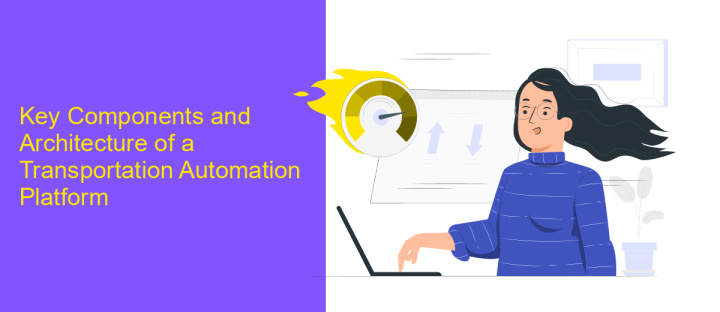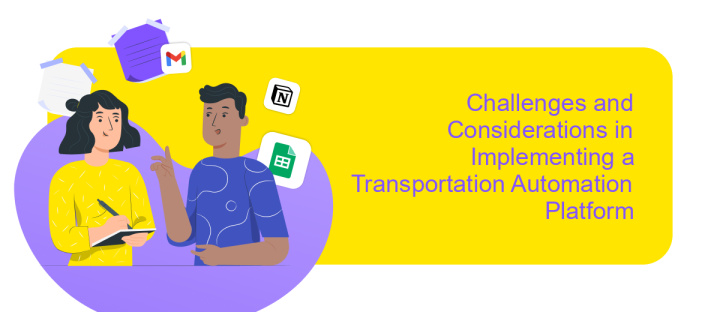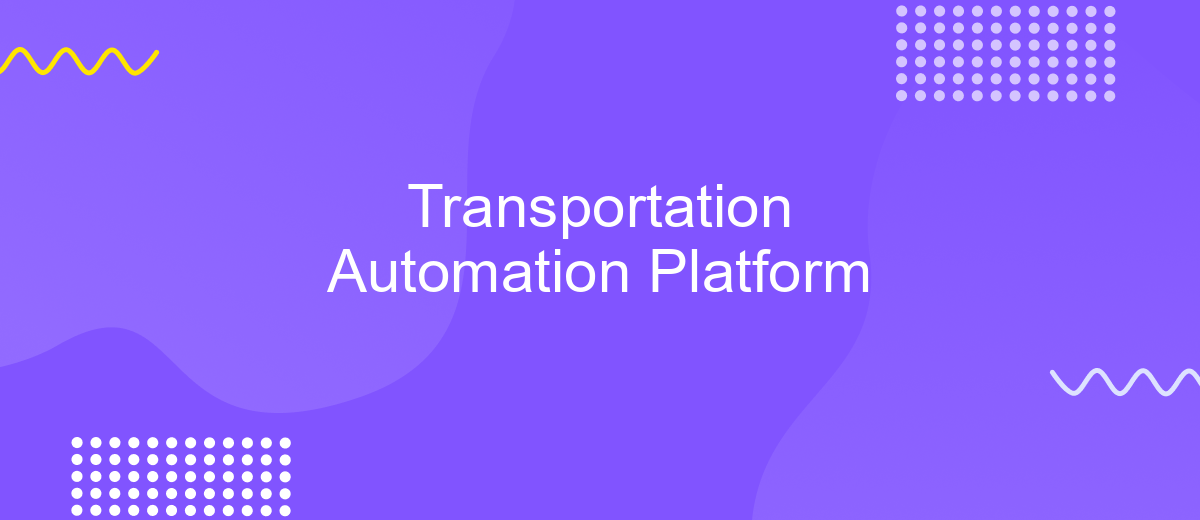Transportation Automation Platform
The Transportation Automation Platform is revolutionizing the logistics and transportation industry by integrating cutting-edge technologies such as AI, IoT, and big data analytics. This innovative platform streamlines operations, enhances route efficiency, and reduces costs, offering a seamless and intelligent solution for modern transportation challenges. Join us as we explore how this transformative technology is shaping the future of logistics.
Industry Trends and Market Landscape
The transportation automation platform sector is witnessing rapid advancements, driven by technological innovations and increasing demand for efficiency. Companies are investing heavily in AI, IoT, and machine learning to revolutionize the transportation industry. These technologies enable real-time data analysis, predictive maintenance, and autonomous vehicle operations, enhancing overall productivity and safety.
- AI and machine learning for route optimization and predictive maintenance
- IoT devices for real-time tracking and monitoring
- Autonomous vehicles and drones for last-mile delivery
- Blockchain for secure and transparent transactions
As the market landscape evolves, regulatory frameworks are also adapting to accommodate these innovations. Governments worldwide are establishing guidelines to ensure the safe and efficient deployment of automated transportation solutions. This synergy between technology and regulation is expected to drive substantial growth in the sector, making transportation more reliable and cost-effective.
Key Components and Architecture of a Transportation Automation Platform

A Transportation Automation Platform is built upon several key components that work together to streamline logistics processes. The core architecture typically includes a central management system, real-time tracking modules, and advanced analytics tools. The central management system acts as the brain of the platform, coordinating various functions such as route planning, fleet management, and scheduling. Real-time tracking modules utilize GPS technology to provide up-to-the-minute location data, ensuring that all stakeholders are informed about the status of shipments. Advanced analytics tools process this data to offer insights and predictive capabilities, enabling more efficient decision-making.
Integration capabilities are crucial for the seamless operation of a Transportation Automation Platform. Services like ApiX-Drive facilitate the integration of various third-party applications and data sources, ensuring that the platform can communicate effectively with other systems such as ERP, CRM, and warehouse management software. This integration allows for the automation of data flow, reducing manual entry and minimizing errors. Additionally, the platform often includes APIs that enable custom integrations, offering flexibility to adapt to specific business needs. Robust security measures are also implemented to protect sensitive data and ensure compliance with industry standards.
Benefits and Use Cases of Transportation Automation

Transportation automation platforms offer a myriad of benefits, revolutionizing the way goods and people move. By leveraging advanced technologies like AI and IoT, these platforms provide increased efficiency, reduced operational costs, and enhanced safety. They enable real-time tracking and predictive maintenance, minimizing downtime and ensuring timely deliveries.
- Fleet Management: Automated platforms streamline fleet operations, optimizing routes and reducing fuel consumption.
- Warehouse Automation: Integration with automated storage and retrieval systems improves inventory management and order fulfillment.
- Public Transportation: Enhancements in scheduling and route optimization lead to better service and reduced wait times for passengers.
- Last-Mile Delivery: Automation in delivery processes ensures faster and more accurate deliveries, enhancing customer satisfaction.
- Safety and Compliance: Automated systems monitor vehicle conditions and driver behaviors, ensuring adherence to safety standards and regulations.
Incorporating transportation automation platforms into logistics and transit systems not only boosts productivity but also fosters sustainability. By optimizing resource usage and minimizing human error, these platforms pave the way for a more efficient and reliable transportation network.
Challenges and Considerations in Implementing a Transportation Automation Platform

Implementing a Transportation Automation Platform presents several challenges that organizations must carefully consider. One key challenge is the integration of new technologies with existing systems. Legacy systems may not be compatible with modern automation solutions, requiring significant time and resources to achieve seamless integration.
Another critical consideration is data security. As transportation automation platforms rely heavily on data collection and analysis, ensuring the security and privacy of this data is paramount. Organizations must implement robust cybersecurity measures to protect sensitive information from potential breaches.
- Integration with legacy systems
- Data security and privacy concerns
- High initial investment costs
- Employee training and adaptation
- Regulatory compliance
Despite these challenges, the benefits of implementing a Transportation Automation Platform can be substantial, including increased efficiency, reduced operational costs, and improved customer satisfaction. Organizations must weigh these benefits against the challenges and carefully plan their implementation strategy to ensure a successful transition.
- Automate the work of an online store or landing
- Empower through integration
- Don't spend money on programmers and integrators
- Save time by automating routine tasks
Future Trends and Advancements in Transportation Automation
The future of transportation automation is poised for remarkable advancements, driven by rapid technological innovations and increasing demand for efficient mobility solutions. Autonomous vehicles are at the forefront, with improvements in AI and sensor technology enhancing their safety and reliability. Additionally, advancements in vehicle-to-everything (V2X) communication will enable real-time data exchange between vehicles and infrastructure, significantly reducing traffic congestion and accidents.
Another critical trend is the integration of transportation systems through platforms like ApiX-Drive, which streamline the connection between various services and applications. This integration facilitates seamless data flow and operational efficiency, enabling more effective fleet management and predictive maintenance. Furthermore, the rise of electric and hybrid autonomous vehicles will contribute to a more sustainable future, reducing carbon emissions and reliance on fossil fuels. As these technologies continue to evolve, the transportation sector will witness unprecedented levels of automation and connectivity, transforming the way we move and interact with our environment.
FAQ
What is a Transportation Automation Platform?
How can a Transportation Automation Platform benefit my business?
What features should I look for in a Transportation Automation Platform?
How can I integrate a Transportation Automation Platform with my existing systems?
Is it difficult to set up and configure a Transportation Automation Platform?
Apix-Drive is a simple and efficient system connector that will help you automate routine tasks and optimize business processes. You can save time and money, direct these resources to more important purposes. Test ApiX-Drive and make sure that this tool will relieve your employees and after 5 minutes of settings your business will start working faster.


